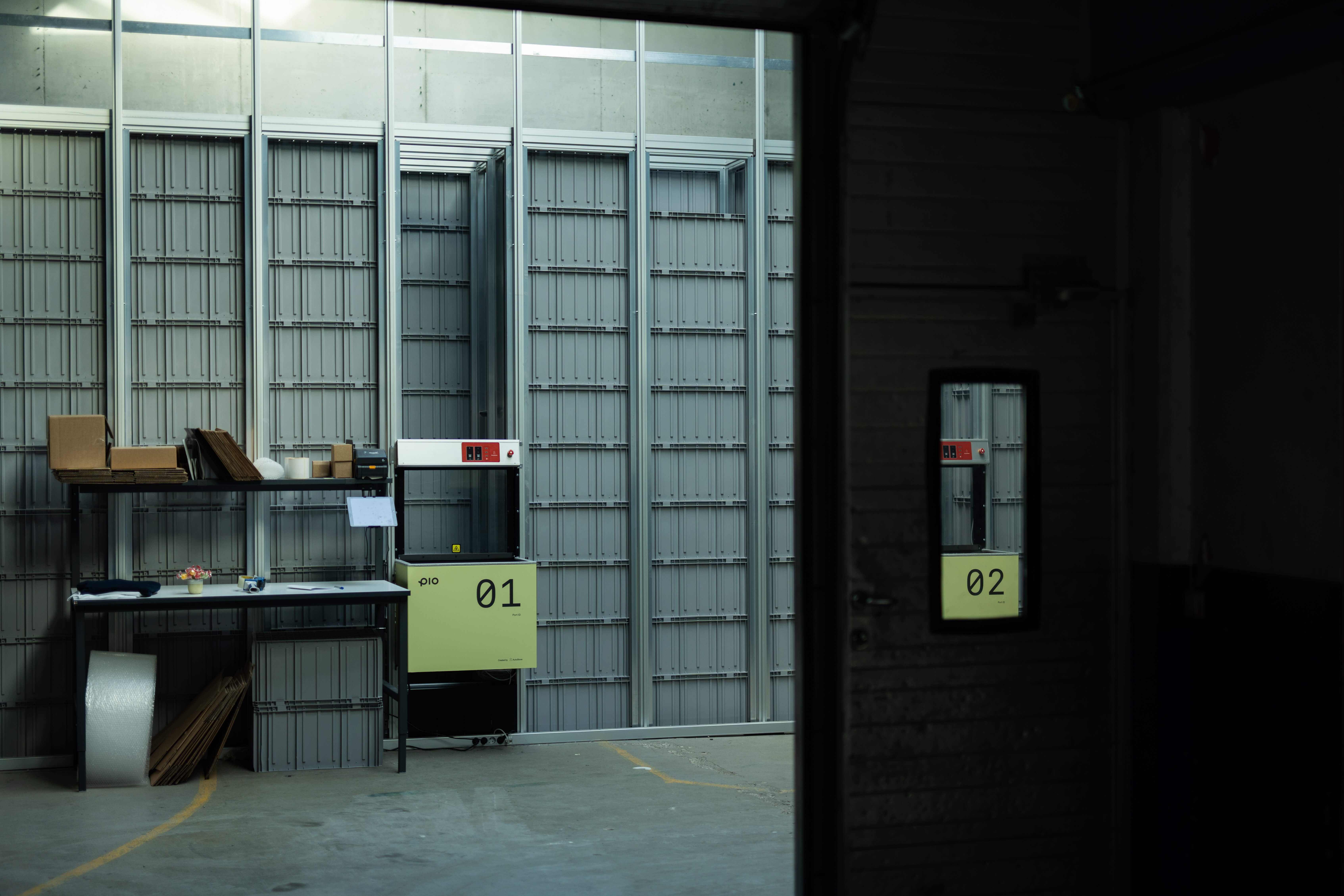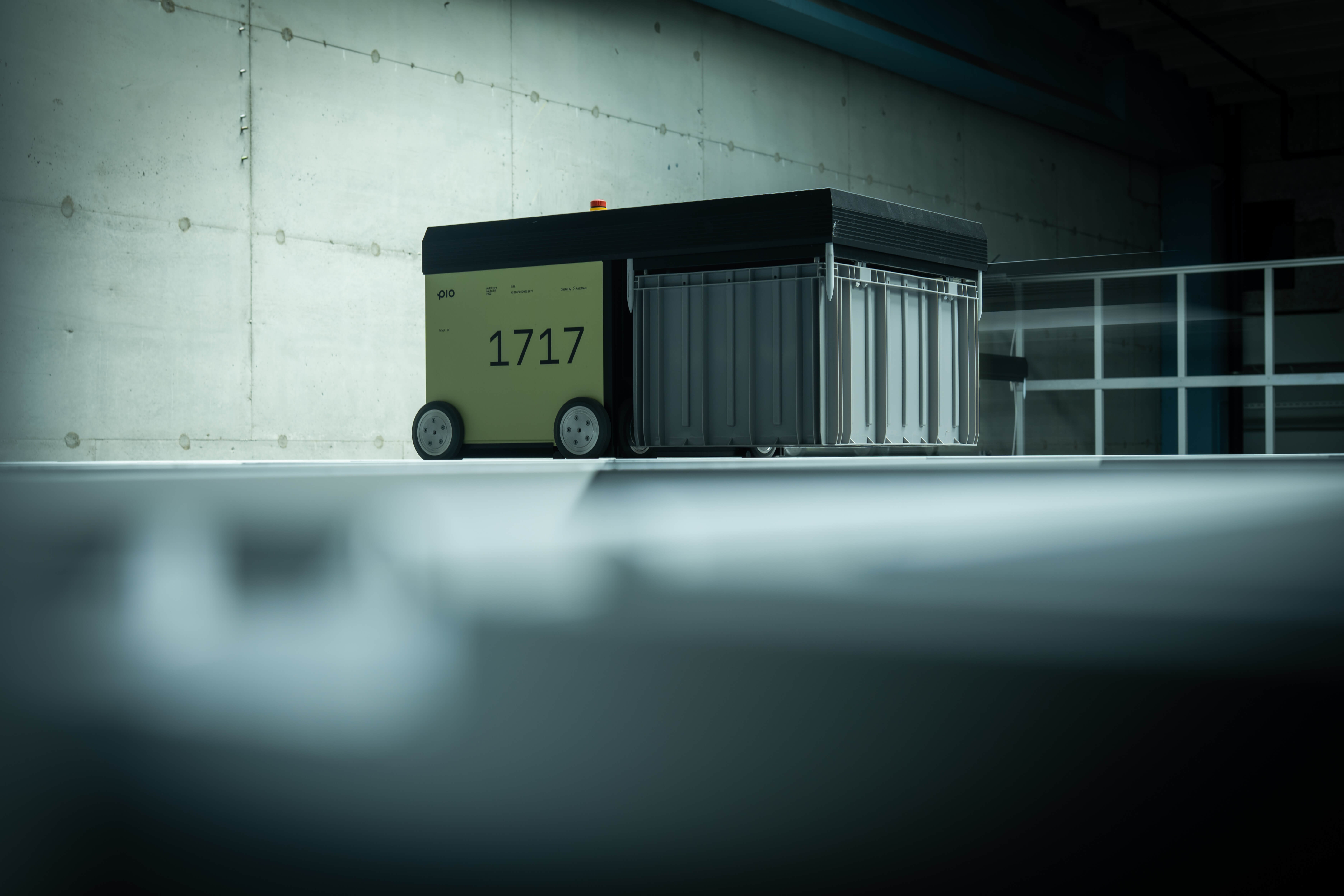When it comes to warehouse automation technology, numerous options and systems are available. Finding the right one for your business can be overwhelming, but this blog is here to help simplify things.
We'll explore various automation technologies and the profound differences they can make in enhancing your business's operations.
What is Warehouse Automation Technology?
Warehouse automation technology refers to implementing advanced machinery, software, and robotics to automate the various tasks and processes within a warehouse or distribution center.
It's a transformative approach to improve the efficiency, accuracy, and productivity of handling goods in a warehouse setting.
The main goal of warehouse automation is to reduce manual labor, enhance inventory management, optimize space, and, ultimately, provide a more streamlined and cost-effective operation.
Automated technology encompasses a broad spectrum of systems and solutions designed to tackle the challenges of modern supply chain management and logistics.
Types of Warehouse Automation Technology
Some of the most common types of warehouse automation technologies include:
Automated Storage and Retrieval Systems (AS/RS)
AS/RS systems incorporate robotic cranes, conveyors, and automated vehicles to efficiently move and store goods within a warehouse.
These sophisticated systems make the most of available space using vertical storage and retrieval, ensuring optimal inventory management.
They significantly reduce the need for manual labor in handling and storing inventory, resulting in space savings and improved inventory accuracy.

Pick and Place Robots
Pick-and-place robots are another common example of automated warehouse technology.
These autonomous mobile robots are designed to pick items from shelves or bins and accurately place them into containers or onto conveyor belts. They have become essential in e-commerce and order fulfillment centers, where speed and precision are crucial.
Their ability to work tirelessly and precisely ensures swift order processing, reducing errors, improving warehouse processes, and enhancing customer satisfaction.
Internet of Things (IoT) Sensors
IoT sensors are deployed throughout the warehouse to monitor environmental conditions, track the location of goods, and provide data for predictive maintenance.
These sensors help ensure that goods remain in optimal conditions and allow timely equipment maintenance, minimizing disruptions and maximizing overall warehouse efficiency.
Automated Guided Vehicles (AGVs)
AGVs are mobile robots equipped with autonomous navigation capabilities.
They efficiently move throughout the warehouse, autonomously transporting goods and materials. AGVs excel in replenishing inventory, transporting materials between different areas, and collaborating seamlessly with human workers.
Their automated operation reduces the need for manual labor, increases efficiency, and minimizes the risk of accidents in the workplace.
Warehouse Management Systems (WMS)
WMS software is a crucial element in optimizing warehouse operations. This warehouse management system tracks inventory in real-time, manages orders, and provides invaluable data for decision-making.
A WMS streamlines the movement of goods, reduces errors, and ensures inventory accuracy. The result? Enhanced warehouse efficiency and heightened customer satisfaction.
Conveyor Systems
A conveyor system was the earliest type of automation integrated into warehouses.
Still commonly used today, conveyor belts and roller conveyors play a fundamental role in automating the movement of goods within a warehouse.
By seamlessly transporting products from one point to another, these warehouse automation systems minimize the need for manual back and forth, reducing the risk of damage and improving the overall flow of items.
Artificial Intelligence (AI) and Machine Learning
AI and machine learning algorithms optimize inventory levels, predict demand, and enhance routing and scheduling within warehouse operations.
By analyzing data and making real-time decisions, AI and machine learning systems ensure efficient use of resources, reducing costs and improving overall warehouse performance.
Automated Sortation Systems
These automated systems sort and divert items to their designated destinations within the warehouse, such as specific packing stations.
Sortation is achieved based on predetermined criteria like size, weight, or destination.
By facilitating precise sorting, these systems ensure that products reach their intended locations promptly, leading to order fulfillment and streamlined operations.
Robotics and Cobots
Robots and collaborative robots (cobots) are used for palletizing, depalletizing, and packing tasks. They excel in reducing manual labor, improving the speed and accuracy of these repetitive tasks, and increasing overall warehouse efficiency.
Cobots, in particular, work in collaboration with human workers, enhancing safety and efficiency in the workplace.

Key Takeaway
The warehousing industry is transforming and improving constantly, fueled by cutting-edge warehouse automation solutions.
From Automated Storage and Retrieval Systems (AS/RS) and Warehouse Management Systems (WMS) to Artificial Intelligence (AI) and machine learning, there are numerous automated technologies altering warehouse operations as we know them, for businesses of all sizes.





.jpg?width=600&name=Beauty-Welness-Pio-04743%20(1).jpg)